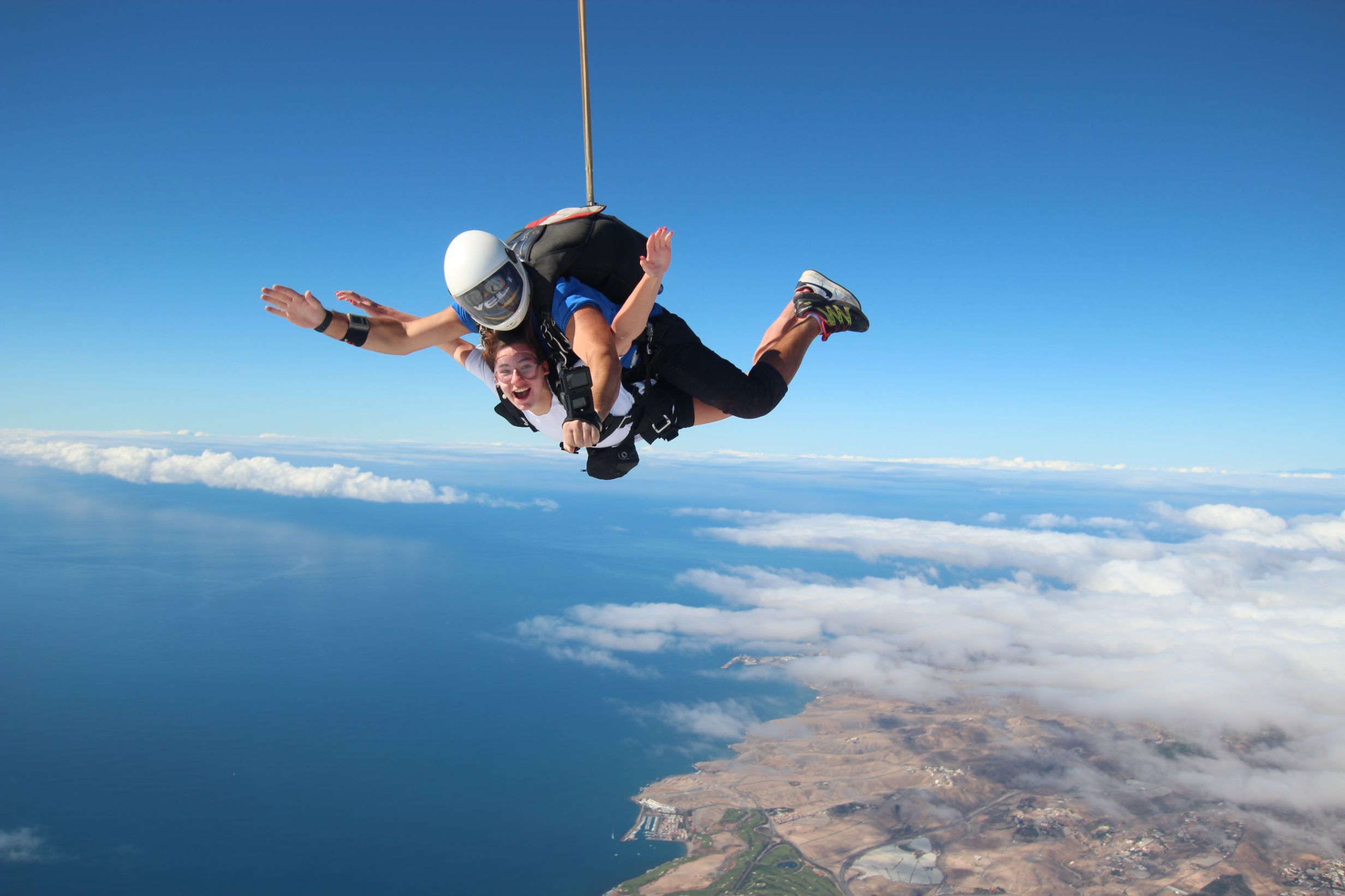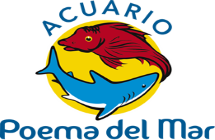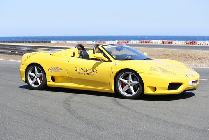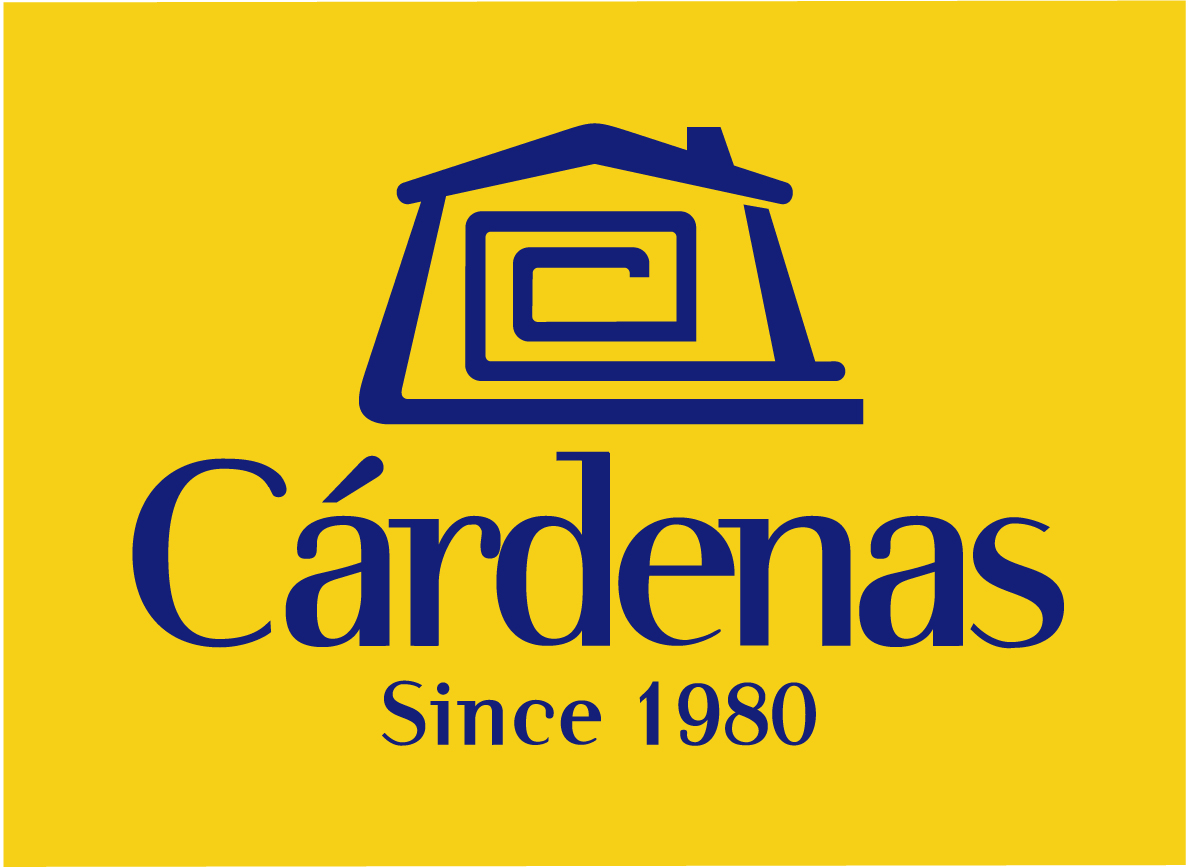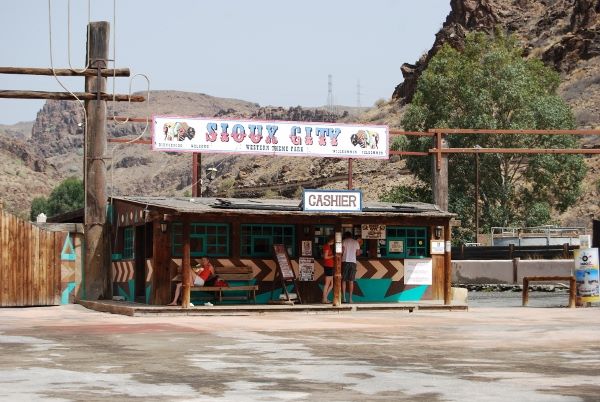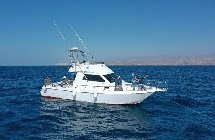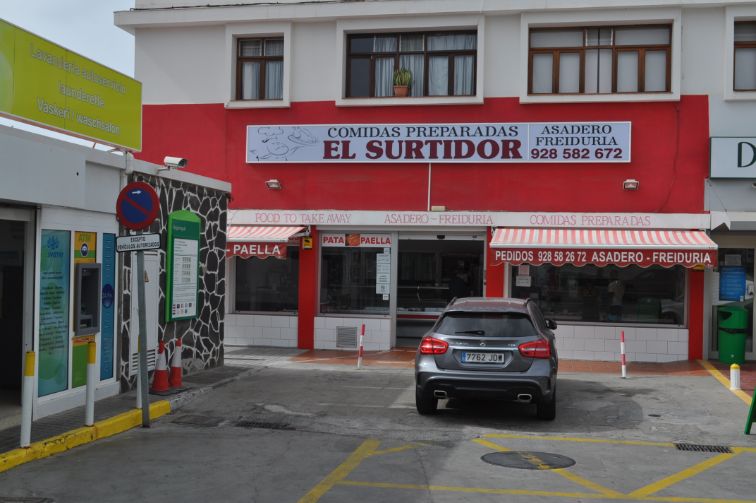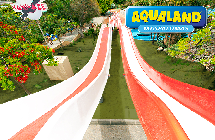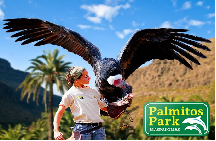Hiking Route 1. Los Marteles Caldera - Rincón de Tenteniguada via El Salviar. Blue Tajinaste Routes

Starting point:
Los Marteles Caldera Altitude: 1529 m
Destination:
Rincón de Tenteniguada Altitude: 1043 m
Total Distance: 3470 m
Time to cover the Route: 1h. 30’
Direction of the Route: SW-NE
Net Difference in Altitude: 486 m
Difficulty rating: Low

![]() The route begins to the north of the Los Marteles Caldera and points in a SW-NE direction. Most of the route crosses the Los Marteles Special Nature Reserve.
The route begins to the north of the Los Marteles Caldera and points in a SW-NE direction. Most of the route crosses the Los Marteles Special Nature Reserve.
The route’s difficulty rating is medium in rainy conditions, and low in the summer.
The views of the landscape make this footpath a unique experience, and hikers may also enjoy the geological landmarks and a rich diversity of plants and animals.
Point PO Start is located on the road, GC 130, behind the Los Marteles Caldera. This is where the route begins but, first, we will be able to enjoy the view of this caldera from a recent volcanic age, which resulted from a phreatomagmatic episode, i.e. an explosive mixture of water and lava.
The route leads along a forest trail to the left of the area known as “Orillones del Salviar”. Here, we will be crossing a humid mountain summit environment in a pine forest with undergrowth and with wild cherry trees on the sides of the track.
The ground is covered in Recent Cycle phreatomagmatic deposits from the eruptions of the Los Marteles Caldera. These are the basis for reforested pine stands (Pinus canariensis). Areas that are free from pine trees are covered in summit bushes, mainly yellow broom (Teline microphylla), accompanied by thyme (Micromeria benthamii), white sage (Sideritis dasygnaphala), Canary Island flatpod (Adenocarpus foliolosus), the summit Marguerite daisy (Argyranthemum adauctum canariensis), giant fennel (Ferula linkii).
After about 510 m. at point: P1 El Salviar caves, we shall reach a point of ethnographic interest. These caves were used by shepherds in the past to shelter their livestock.
Further on, the route forks, we shall pass a small ravine and walk along its left-hand bank. After exiting the pine forest, we shall come to a bend with a pond-cave; just before it, an access point to the right leads us to the footpath.
After 370 m. on P1, we shall come to P2 Beginning of the footpath. We are now entering “Blue Tajinaste” (Echium callithyrsum) territory, an endemic species from Gran Canaria that is quite abundant in Valsequillo. Together with the tajinaste, we must look for another unique local species, the “Cotton Thistle” (Onopordum carduelinum).
The combination formed by blue tajinaste and yellow broom colours the landscape. This rich flora attracts bees, wasps and bumble bees due to the honey-making nature of these species. These plants make excellent honey in an area where it is easy to see other invertebrates among the stones and plants.
This half-way point hosts an excellent population of blue tajinate plus a major collection of plants that make the Tenteniguada basin a privileged place to experience the botanical wealth of the island.
We shall continue for about 240 m. and, to our left, we shall come to a spring, point: P3 Spring. There is always life near water. The striking yellow flowers announce the choisy or marjoram (Hypericum grandifolium), endemic to the Macaronesian region. This section now leads through a shady area on the left banks at the head of the ravine. At the beginning of this stretch, we shall cross a valley that is part of the Roque Nublo Cycle, an intermediate stage in the formation of the island.
After about 300 metres, the Era Blanca (Threshing ground) appears as a natural viewpoint overlooking Valsequillo at point P4 Threshing ground-viewpoint.
At this point, we turn east and the surface of the route changes to basanitic flows from the Early Pleistocene. A few metres further on, we shall start to descend towards the north, passing through a small ravine below Roque Grande
After walking for approximately one kilometre, we shall reach point: P5 Base of Roque Grande. Roque Grande is a stunning formation, geologically defined as phonolite hauynite plugs belonging to the Pliocene.
The vegetation now grows among the cliffs and is known as rock vegetation. Extremely varied, we can distinguish widespread veroles or bejeques (species of the family Crassulaceae), such as Aichryson laxum, Greenovia aurea, Aeonium spathulatum, Aeonium percarneum, Aeonium simsii, Aeonium manriquerum, Aeonium undulatum; the latter three are endemic to Gran Canaria. Tajinastes also abound, along with species that like moisture, such as the Canary Islands Nettle (Urtica morifolia).
We shall now start the descent down lapilli strewn hills. This is Pleito Hill, where we shall zig-zag down a slippery slope taking care not to fall. In spite of this, we must not lose sight of the rich flora surrounding us on the descent, like rock cabbage (Crambe pritzelii), endemic to Gran Canaria, or the bright flowers of the morgallana (Ranunculus cortusifolios).
If we are attentive and the conditions are appropriate, we may see some wildlife; species like the buzzard (Buteo buteo insularum), a subspecies endemic to the Canary Islands, the common kestrel (Falco tinnunculus), the plain swift (Apus unicolor), and reptiles such as the Canary Island lizard (Gallotia stehlini), exclusive to the island, together with a wide range of invertebrates.
After about 780 m. at point: P6 End of footpath this botanical-geological footpath ends.
A concrete road will now take us to the end of the route, 310 metres further on, where a chestnut tree can be found at point: P7 End - Rincón de Tenteniguada. This stretch passes through an agricultural area where we will be able to see medium altitude plantations with a variety of fruit trees and traditional houses of ethnographic interest.




















